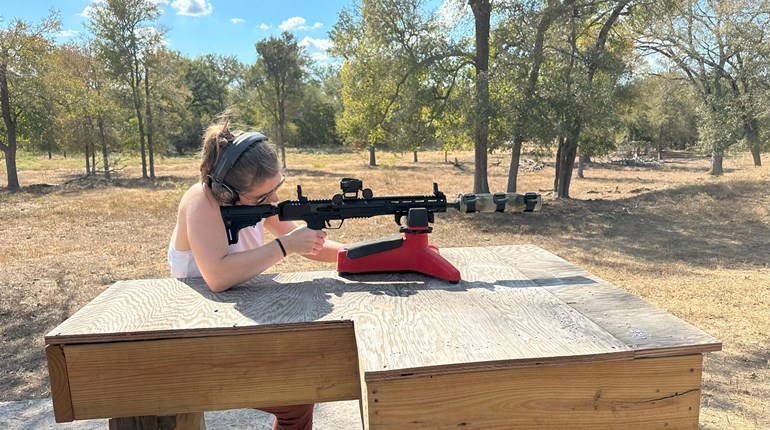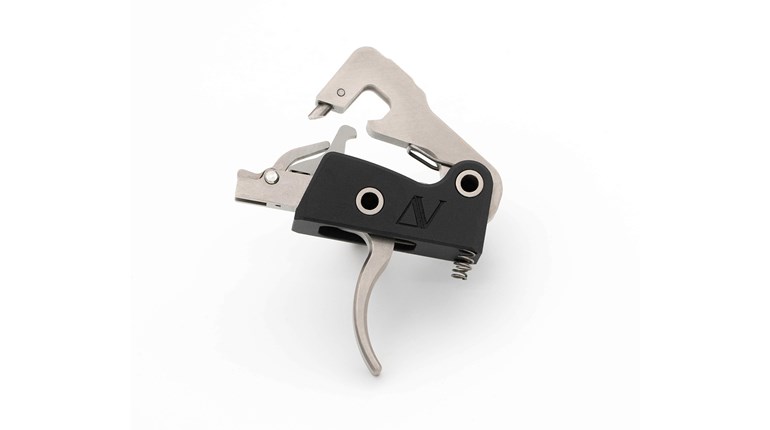
One of the best parts of being an editor for a gun magazine is I learn something new almost every day. That may sound surprising. Since I've been in the firearm industry for more than a decade and an editor for six years, one might expect my gun knowledge to be close to complete, but that is virtually impossible. Guns have been around for a long time, and it is impossible for any one person to know everything about every gun ever made.
But even in the world of personal-protection and tactical firearms that Shooting Illustrated covers, the amount of information is staggering. I'm not talking about opinions here—I mean hardcore scientific info and lessons learned from armed combat that our contributors provide readers each month. For example, in our June issue, we ran an article on AR gas-tube lengths. That might sound like a boring subject with a simple answer ("Go with a mid-length system," said the guy wearing a full Multicam kit at the local indoor range), but it is far more complicated than one might think. Thankfully, our Rifle Editor knows more about ARs than pretty much anyone else on the planet and he is extremely adept at turning that knowledge into words all of us can easily understand, which he did for this article.
Anyway, here's just one of the many things I learned from this story:
You may wonder why, if shorter dwell times are such an advantage, gas ports are not right behind the muzzle. The answer is pretty simple: Malfunction rates increase dramatically if the gas port is too close to the muzzle. [Direct-gas-impingement] ARs need some of the expanding gas that remains after the projectile passes the gas port to help operate the system.
Some of our readers may have known that answer already, and upon reflection, I did, too, but the "why" behind it always escaped me. Now, I can explain why gas ports are not located right behind the muzzle with something other than, "Because that's not how it's done."
There are many more examples of things I learned from editing and reading just this one article, and this is true every month. I hope our readers learn even more with each issue.




































